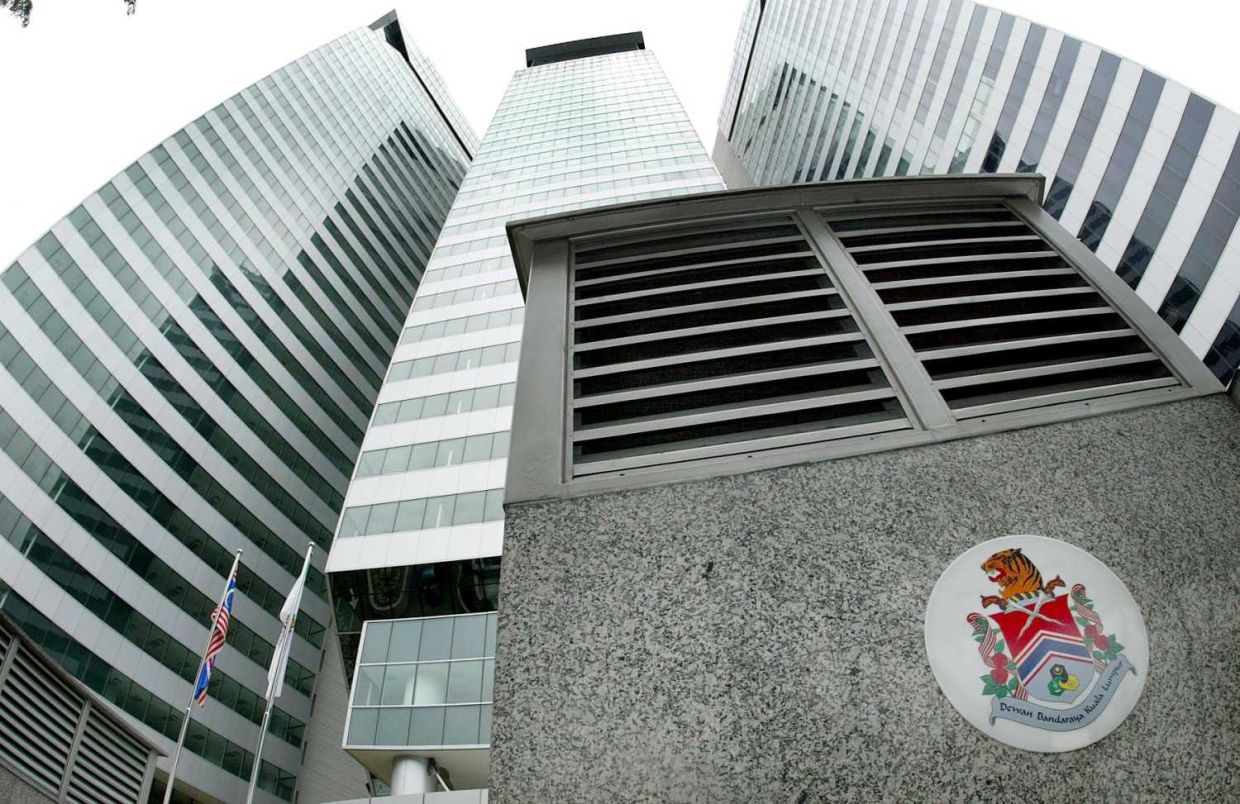
Hong Kong’s revised cash-for-residency scheme has received 251 applications and 43 of them have been given in-principle approval, the city’s financial services and treasury chief has revealed.
More than 75 per of the applicants were from Guinea-Bissau in West Africa and Vanuatu in the southwestern Pacific.
There were 100 applications from Guinea-Bissau and 92 from Vanuatu.
Do you have questions about the biggest topics and trends from around the world? Get the answers with SCMP Knowledge, our new platform of curated content with explainers, FAQs, analyses and infographics brought to you by our award-winning team.
Christopher Hui Ching-yu told legislators more than HK$7.5 billion (US$960 million) would be injected into the Hong Kong economy if all the applications won full approval.
“We are confident that the new scheme is attractive to investors who desire to invest and build their future in Hong Kong,” Hui said.
He added the city was also confident the changed programme, launched about four months ago, would “bring capital that will help enhance Hong Kong’s position as an international asset and wealth management hub”.
Hui added the scheme already had 3,000 inquiries from potential applicants and service providers, and that 251 applications had been received by the end of last month.
He said 103 applications had cleared the net asset assessment, while 43 of them had won approval in principle and been granted visas to stay in the city for no more than 180 days to make the required investment.
But Hui said only one application so far had fulfilled the investment requirements as approved by InvestHK – the government agency responsible for attracting foreign direct investment – and the Immigration Department had still to issue a resident visa under the programme.
Hong Kong launched the new Capital Investment Entrant Scheme (CIES) – commonly known as the investment migration scheme – on March 1.
It was designed to allow the wealthy and their families to get fast-track residency when they made investments of at least HK$30 million through banks or brokers to buy stocks, bonds, deposits, funds or investment-linked insurance policies.

The new scheme, with a threshold three times that of an earlier version that ended in 2015 because of speculation in the property market, no longer counts residential property as part of the total investment.
More than 50 per cent of the applicants – 137 – were aged between 35 and 49.
Carmen Kan Wai-mun, a lawmaker, questioned whether the government had come up with suitable ways to promote the scheme as only one application had fulfilled the investment requirements since it launched.
Hui told her that all new schemes required time to generate awareness and interest among potential investors.
He added the previous plan had at first few applications, but later attracted almost 4,000 a year.
A written reply issued later said the government had organised 24 briefing sessions on the CIES programme for family office service providers and the financial, securities, funds and insurance industries, as well as for professional bodies, including the accountancy and legal sectors.
Gary Ng Cheuk-yan, a senior economist with Natixis Corporate and Investment Bank, said the number of applications reflected the pulling power of low taxes and free capital flows, but the city still faced problems in attracting investment from non-Chinese nationals.
“Guinea-Bissau and Vanuatu are popular routes for Chinese nationals to fulfil the scheme requirement,” Ng explained. “The scheme is likely to continue to attract investment from them to strengthen Hong Kong’s role as China’s offshore financial centre, but there are more headwinds to retain the role internationally.”
Eligible applicants must invest a minimum of HK$30 million in approved investments, including a minimum of HK$27 million in permissible financial assets and non-residential real estate with a cap of HK$10 million.
A total of HK$3 million must also go into a new CIES investment portfolio.
The portfolio will be set up and managed by the Hong Kong Investment Corporation, and used to support the development of innovation and technology industries and other strategic sectors, particularly start-up projects, beneficial to long-term economic development.
The HK$3 million placed into the portfolio will be locked-in and capital preservation and dividend distribution will not be not guaranteed.
The investment portfolio arrangements will be announced in the third quarter of the year.
Willis Fu Yiu-wai, a senior immigration consultant at Goldmax Associates, said the amount applicants needed to put in and a seven-year investment lock-up might be less attractive than other schemes, such as that offered by the United States.
“HK$30 million is not a small amount for investment migration, and HK$3 million locked up for seven years for residency is a bit too long, which prompts people to move elsewhere for investments like America’s EB-5 immigration programme,” he added.
The EB-5 programme allows investors, their spouses and unmarried children under 21 to apply for a green card if they invest US$800,000 in a commercial enterprise and create or preserve 10 permanent full-time jobs for qualified US workers.
“It only takes them four to five years to recoup all the invested capital, which is a big difference,” said Fu, a registered migration agent for US Citizenship and Immigration Services.
More from South China Morning Post:
- Immigration scheme will attract the well-off
- New Hong Kong scheme to attract capital, talent could reel in HK$120 billion annually, financial services chief says
- Prudential sees windfall from Hong Kong’s cash-for-residency scheme, Greater Bay Area opportunities, CEO says
- Hong Kong’s Paul Chan dismisses call to count residential properties as assets under capital-attracting entrant scheme
For the latest news from the South China Morning Post download our mobile app. Copyright 2024.









































